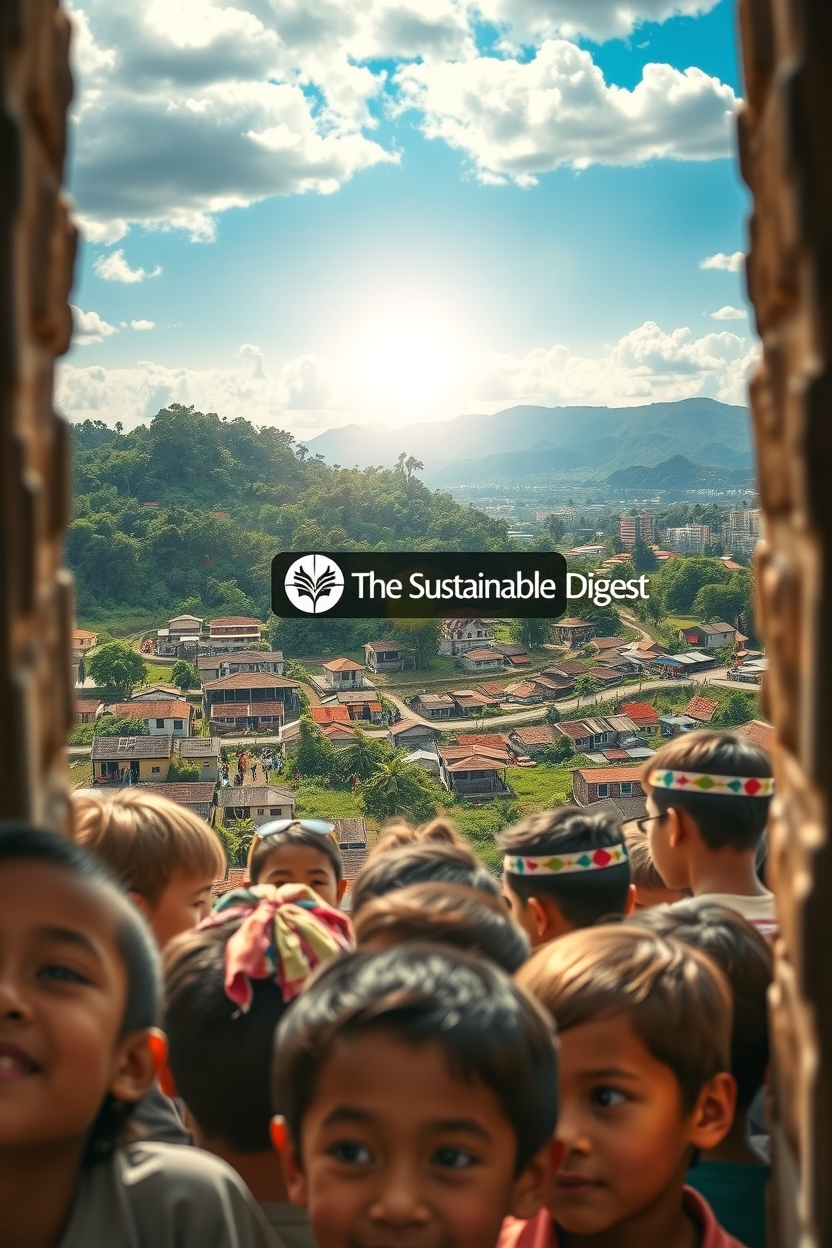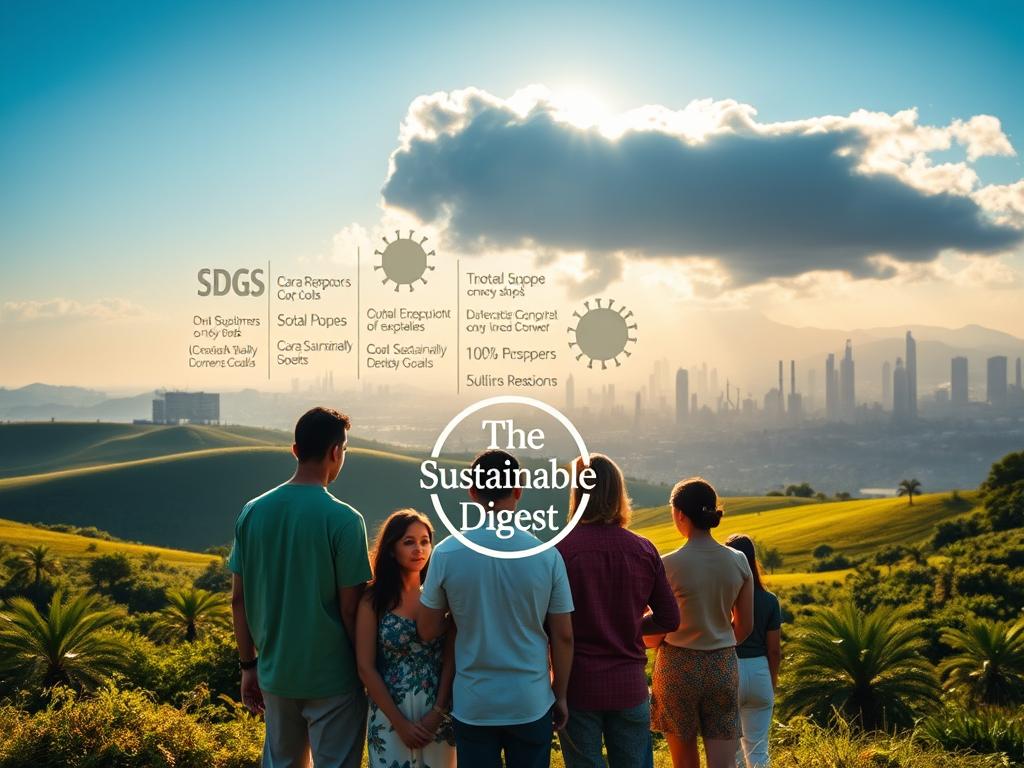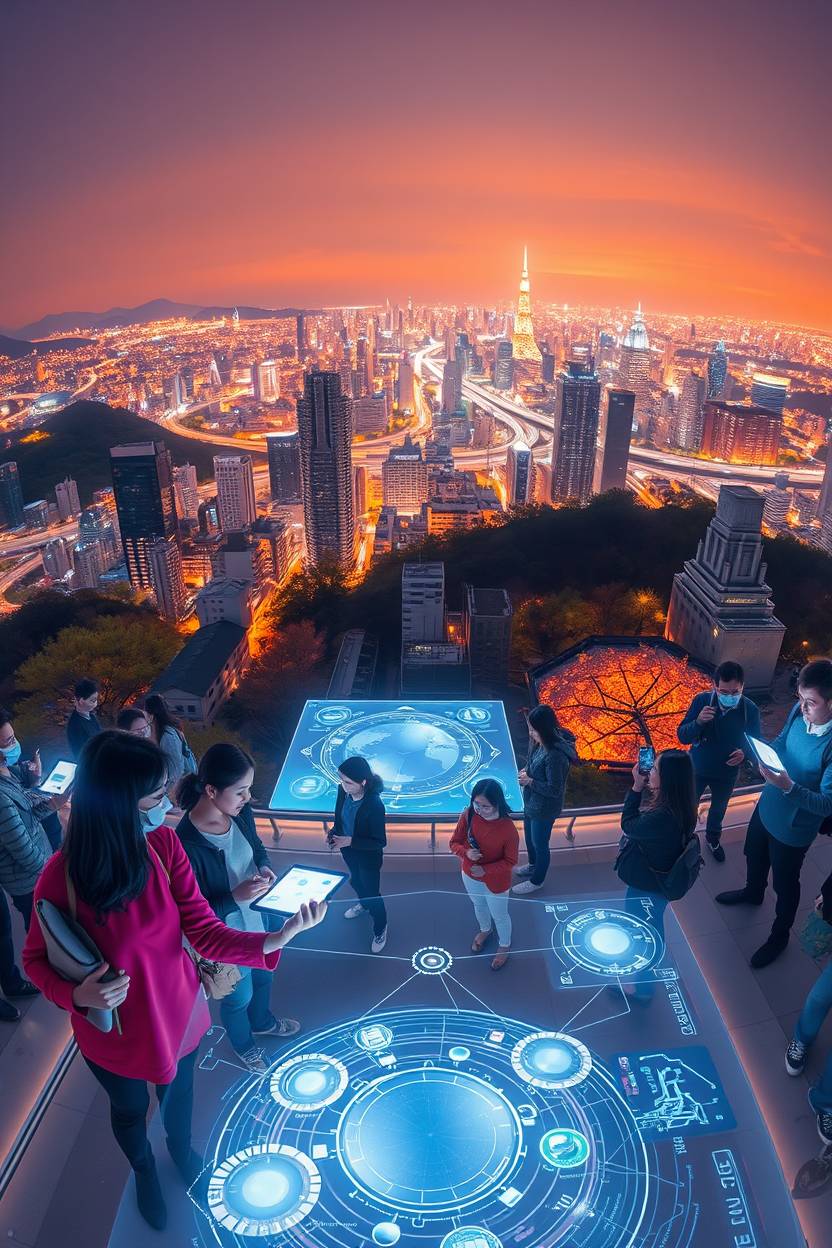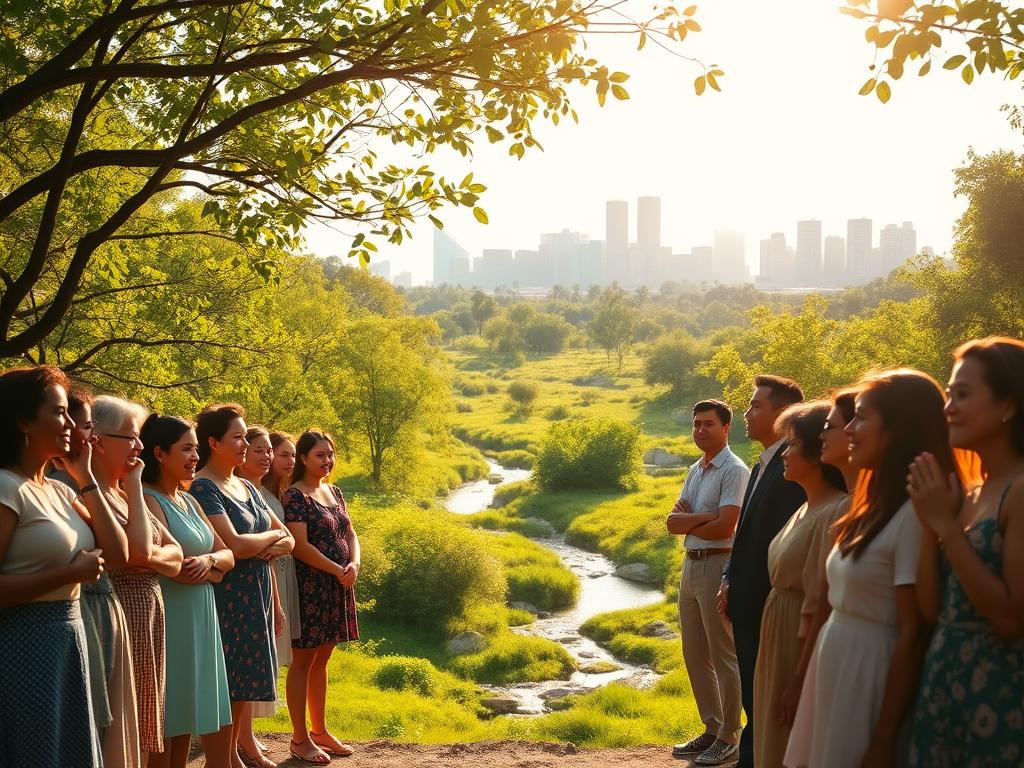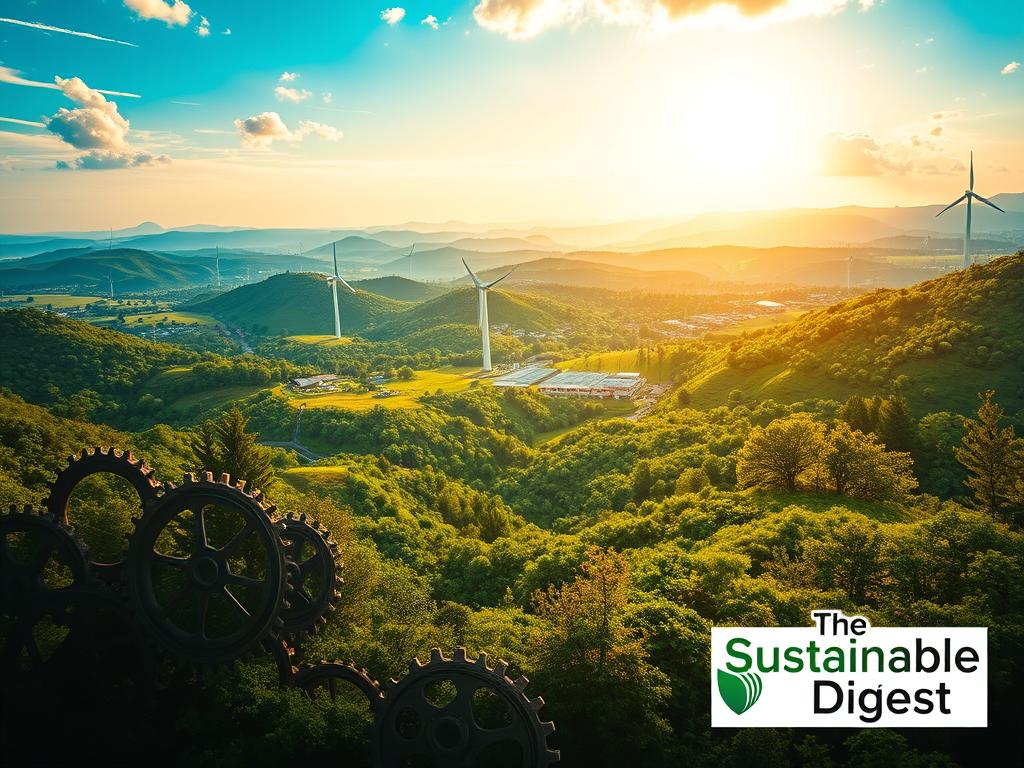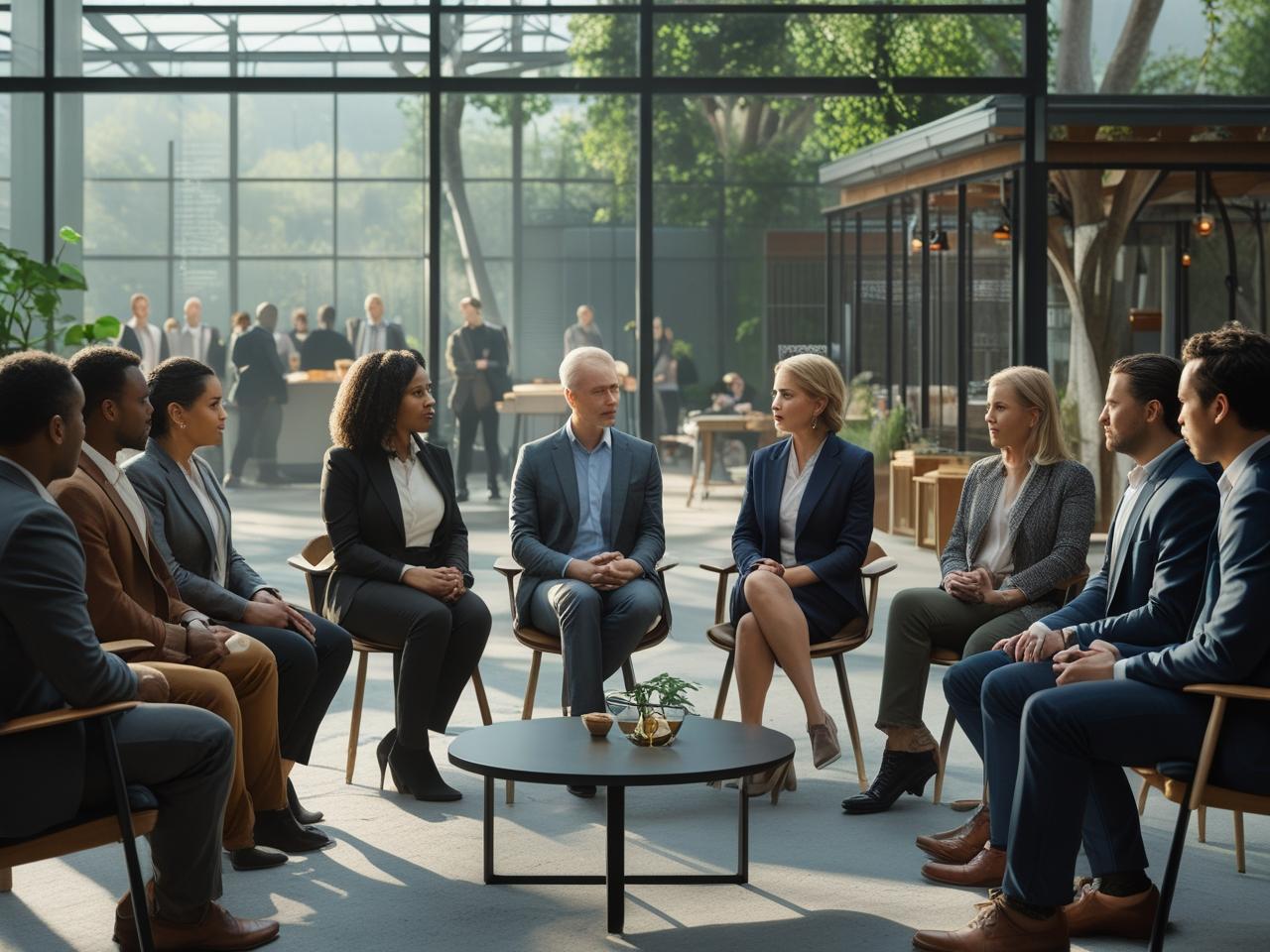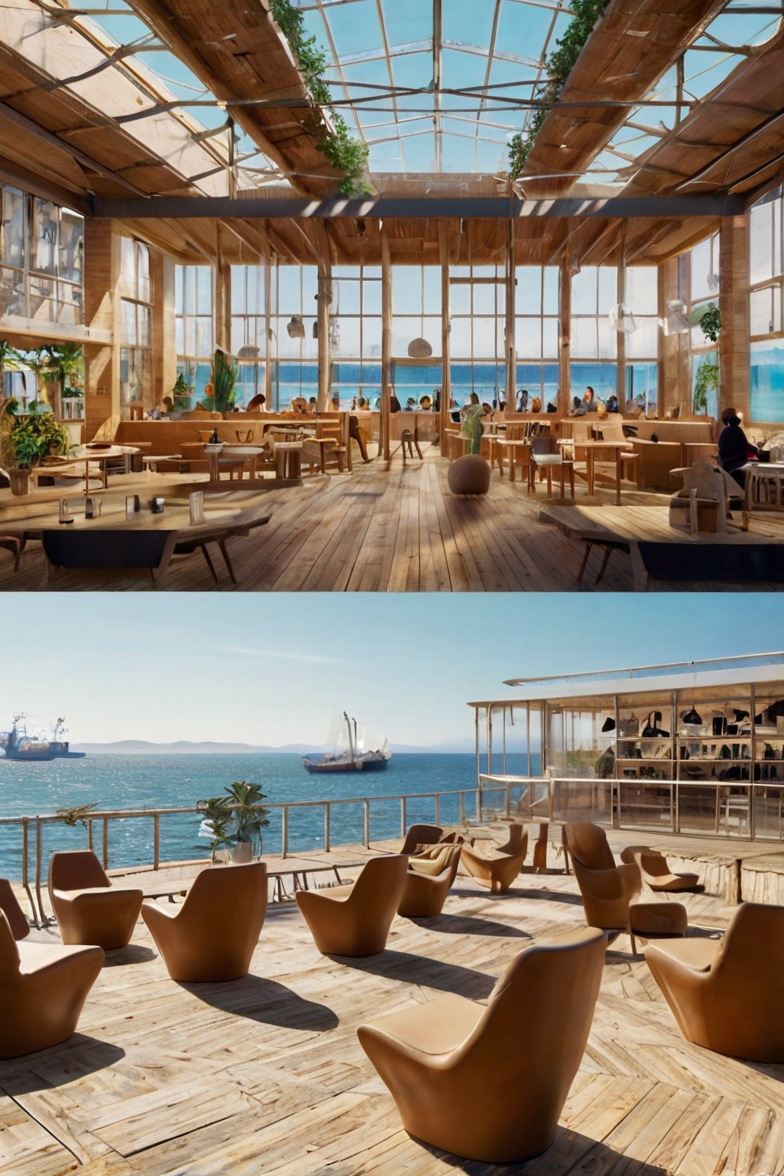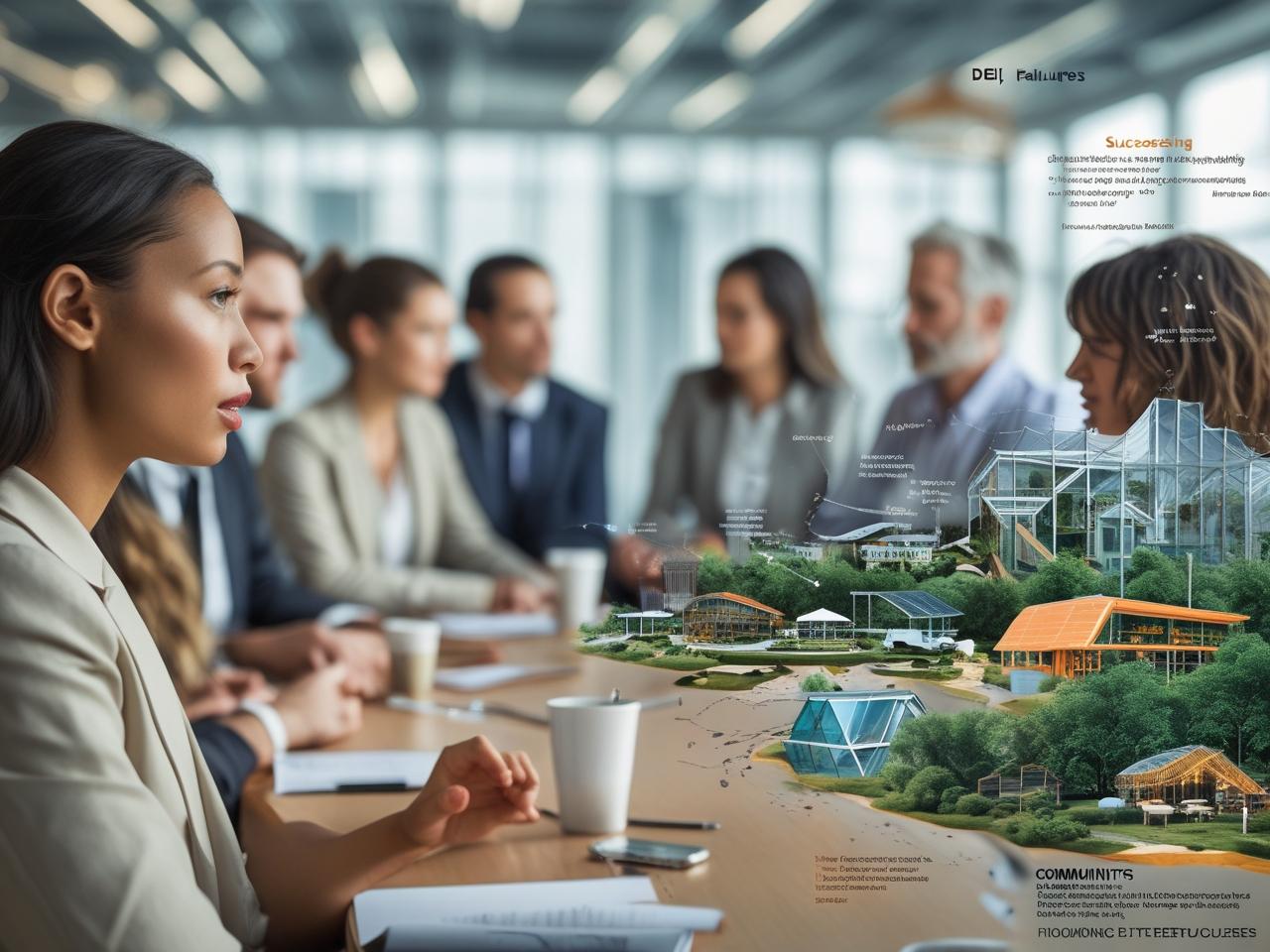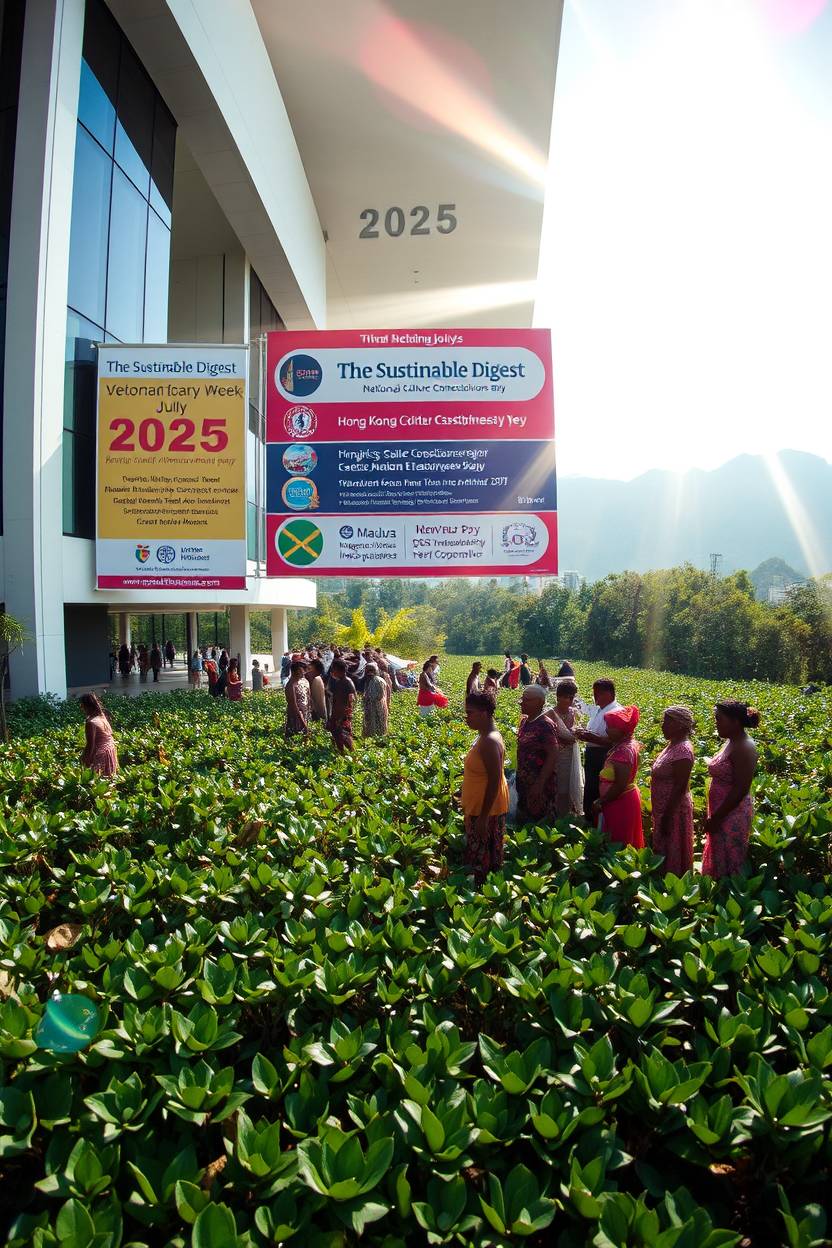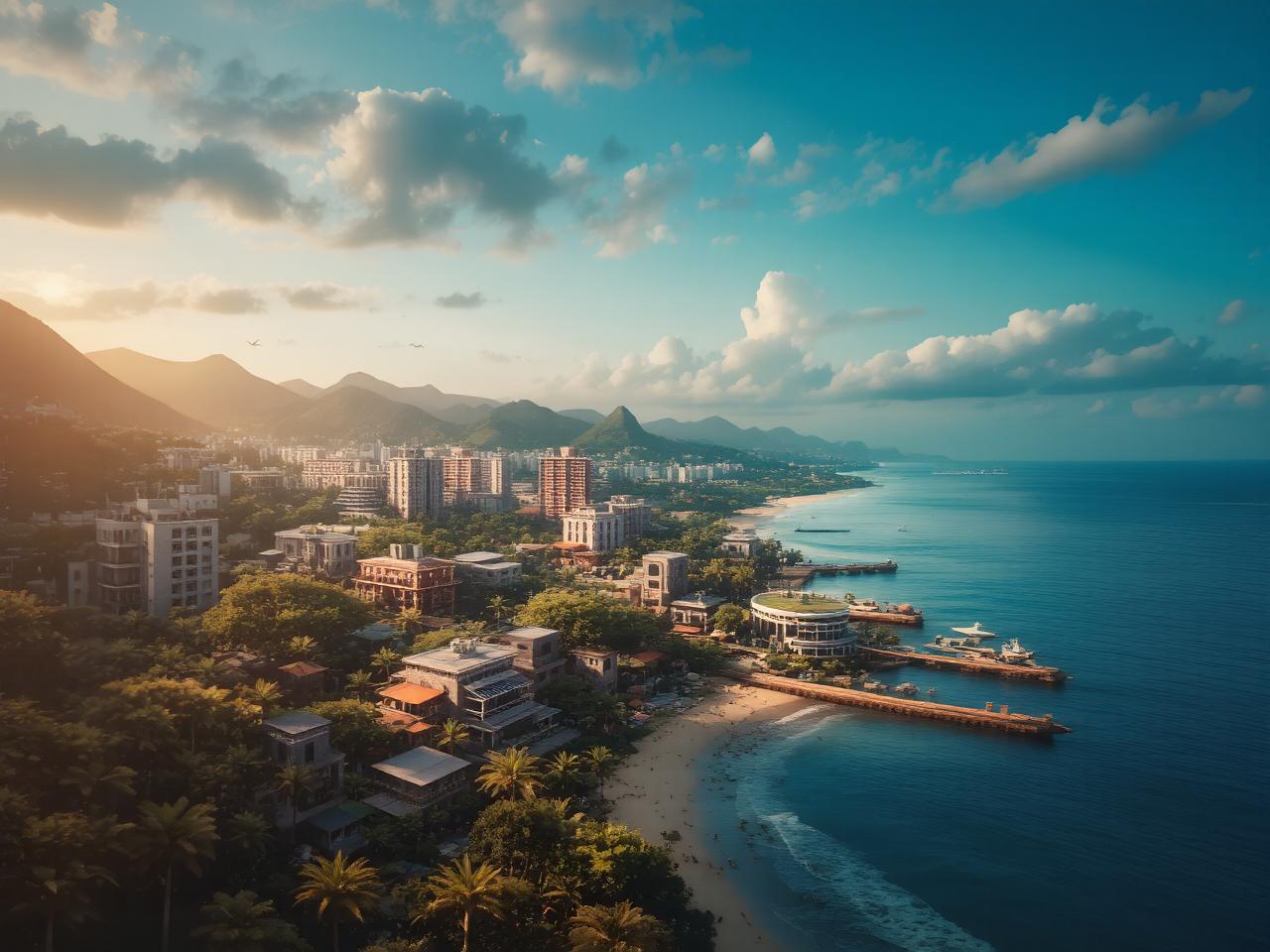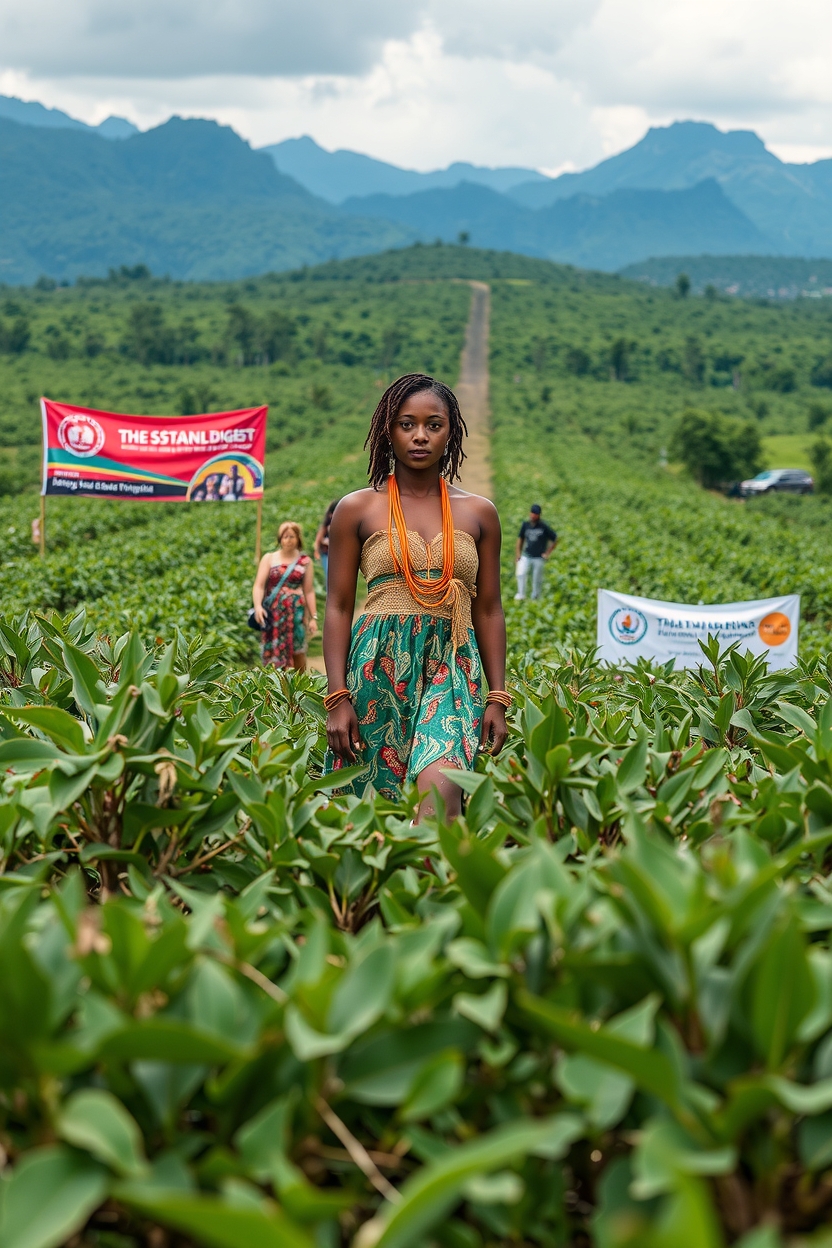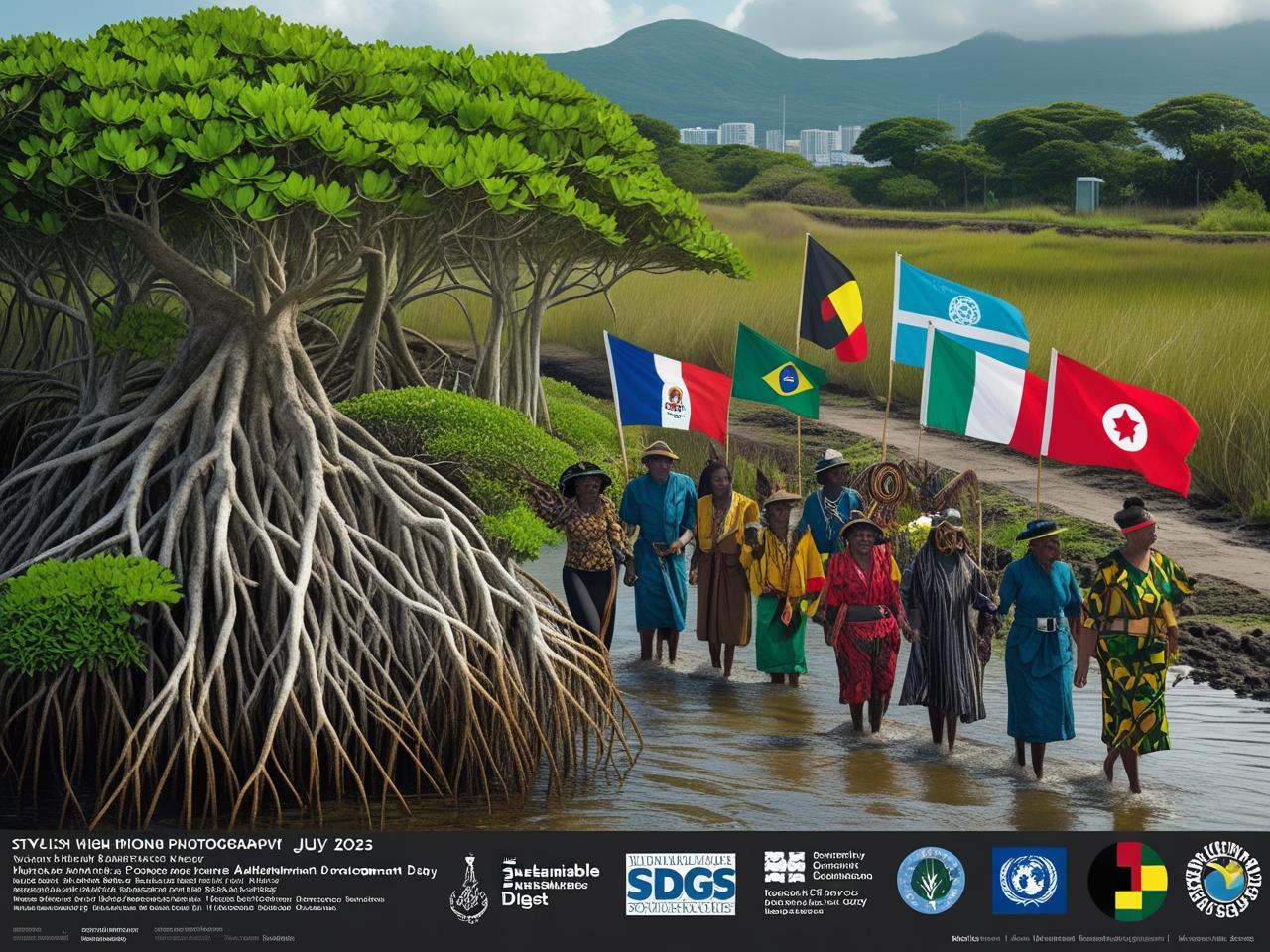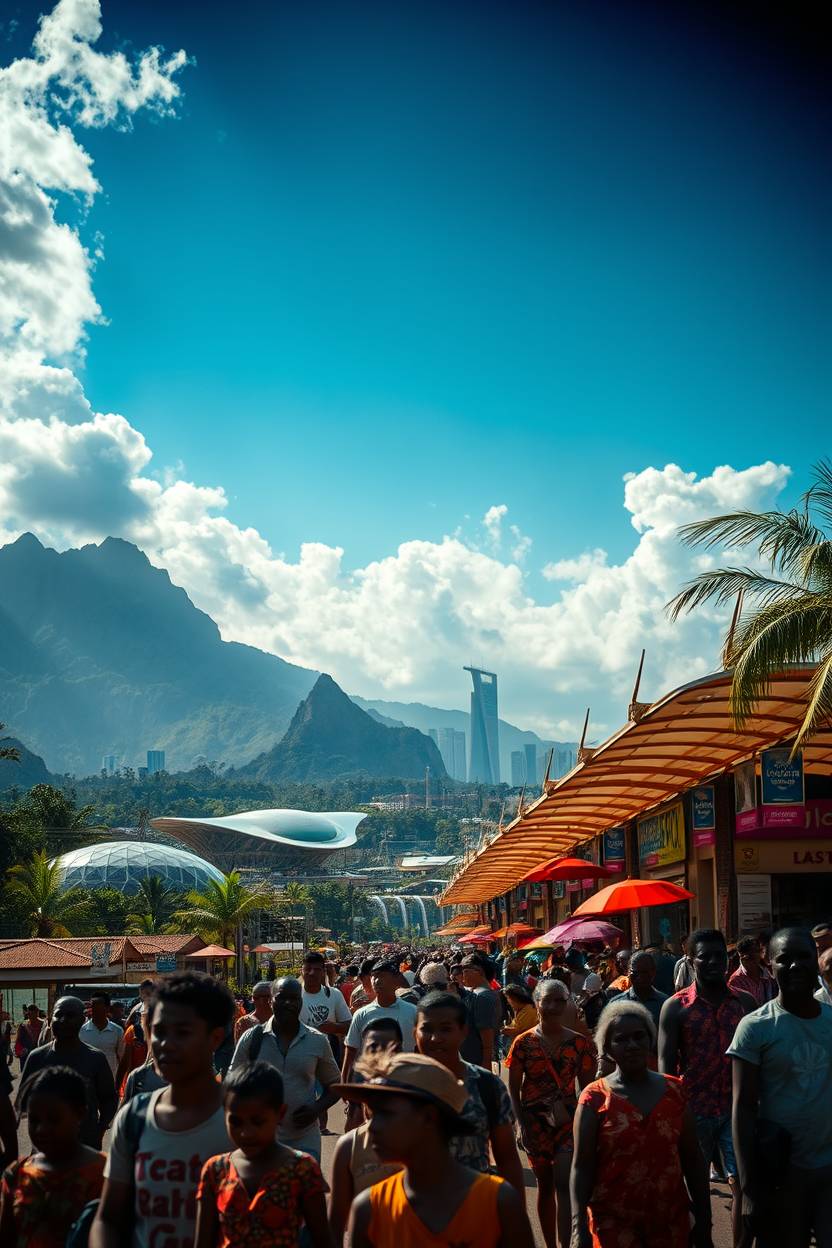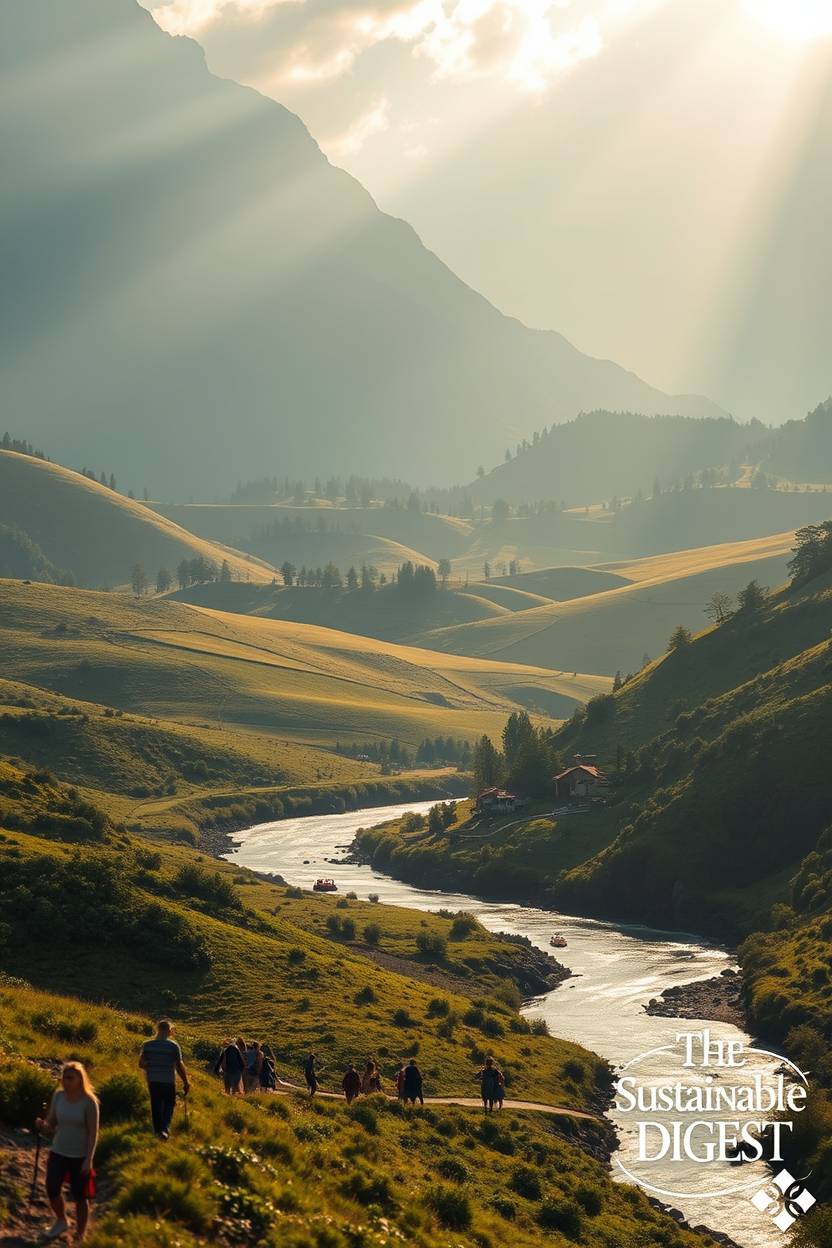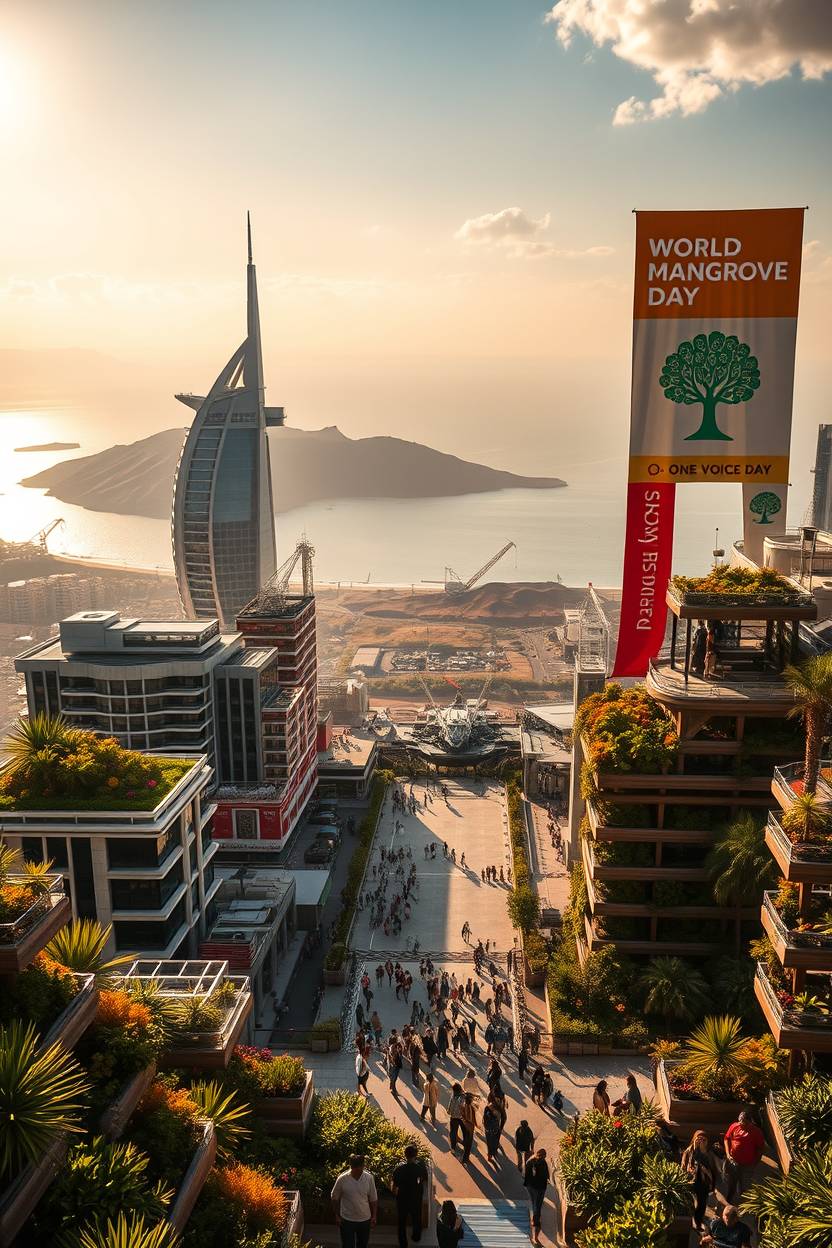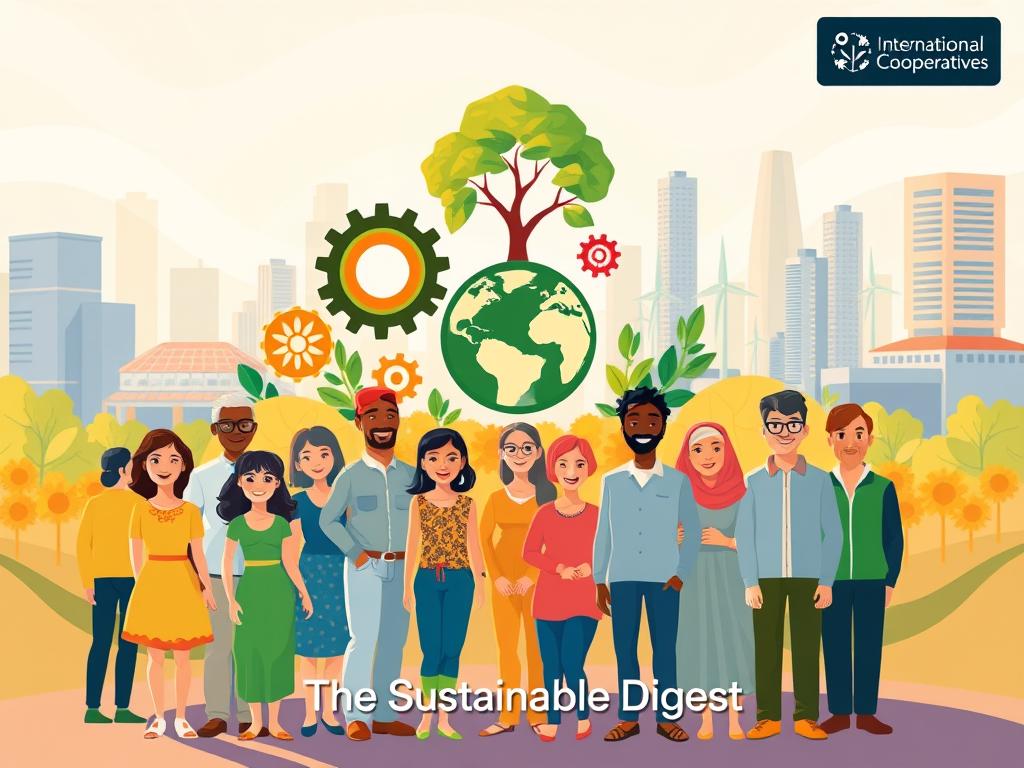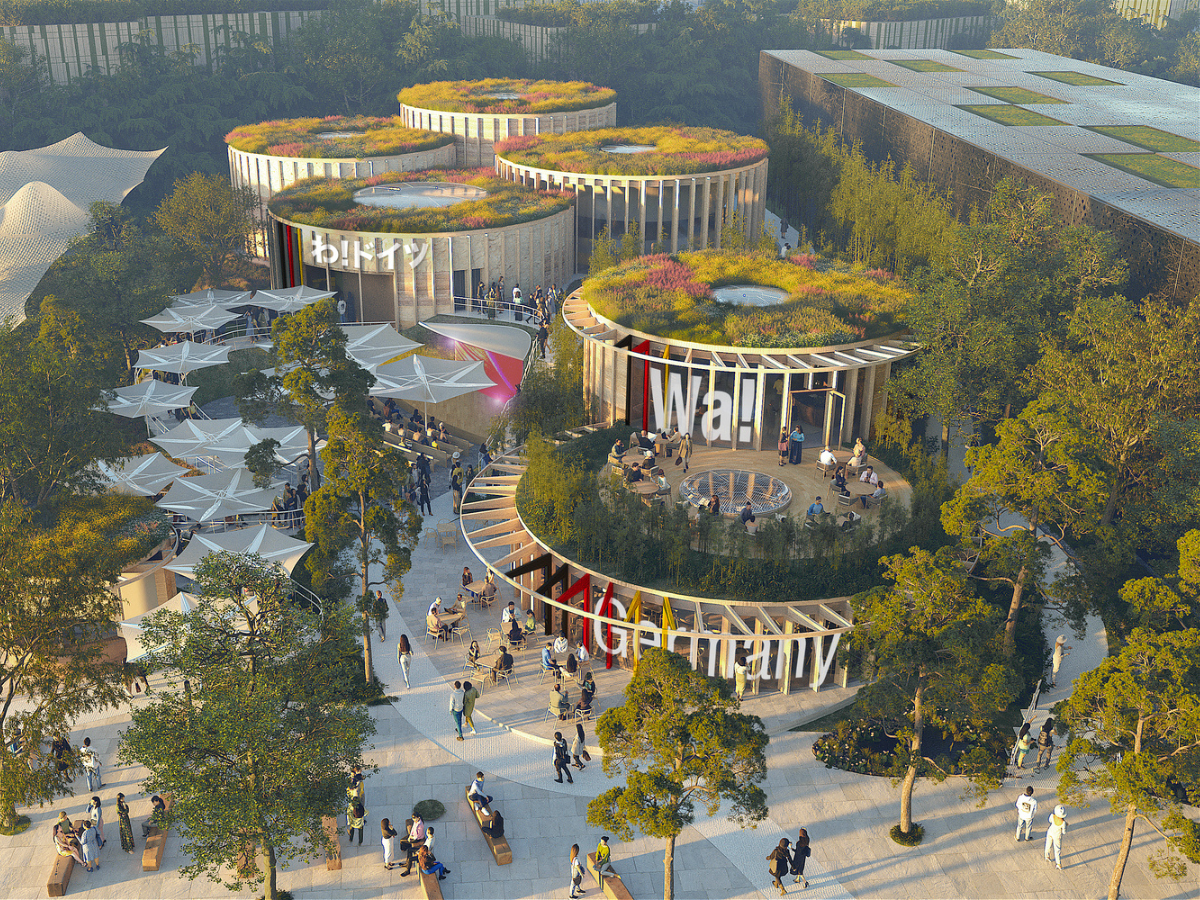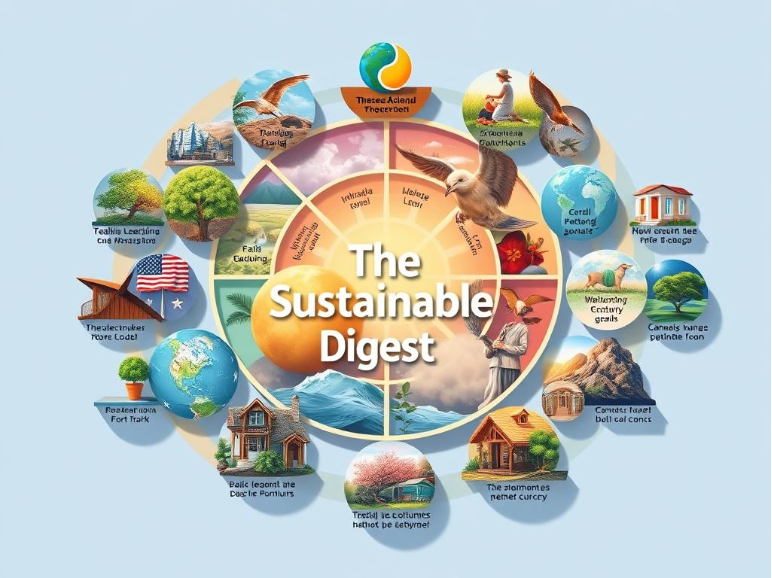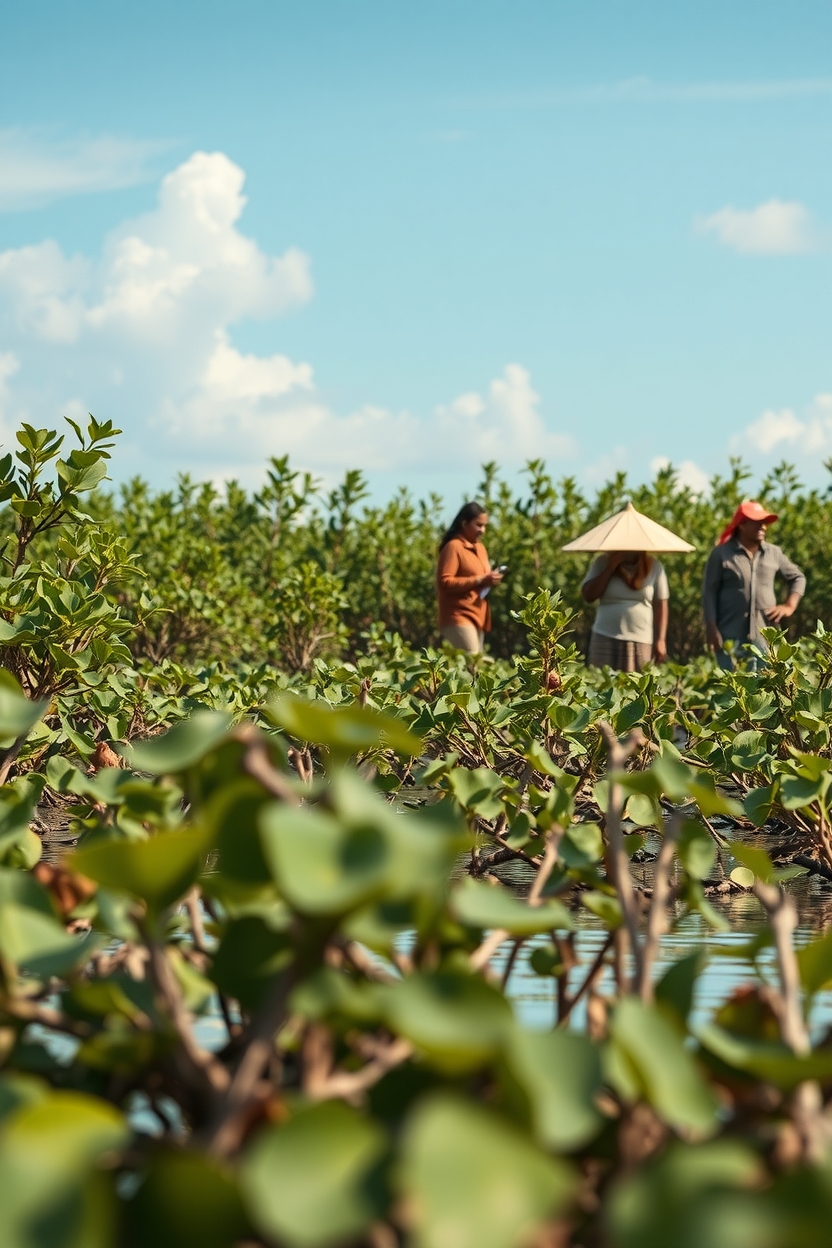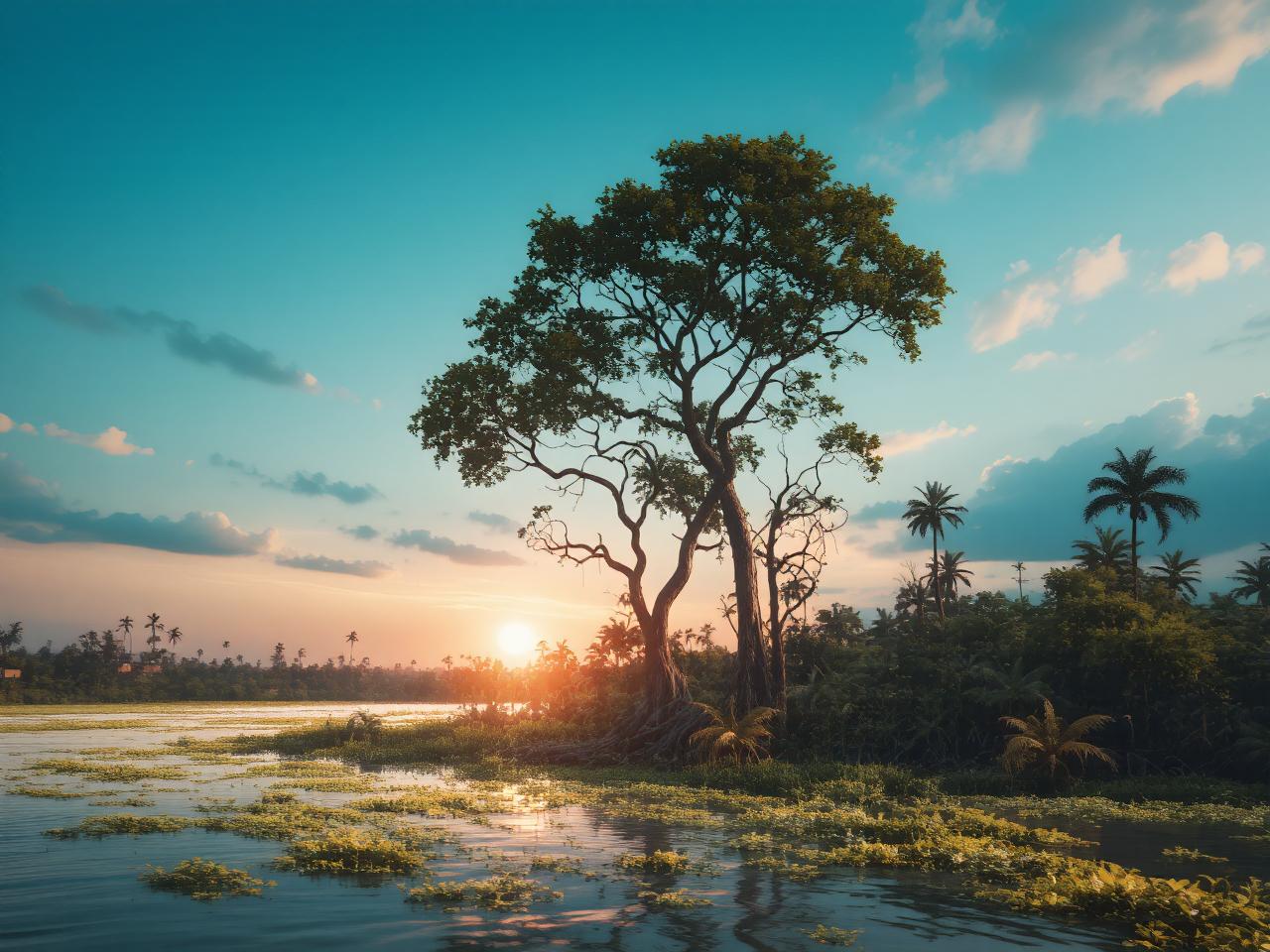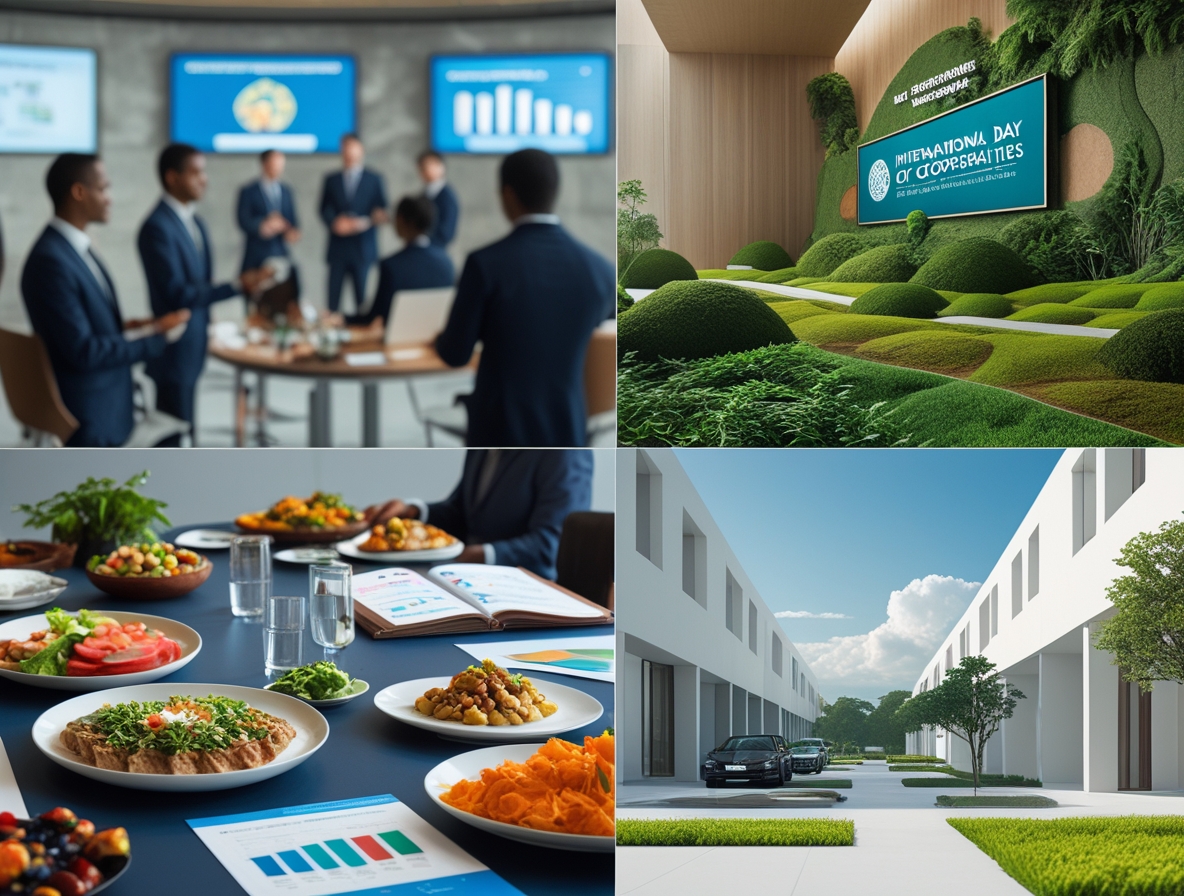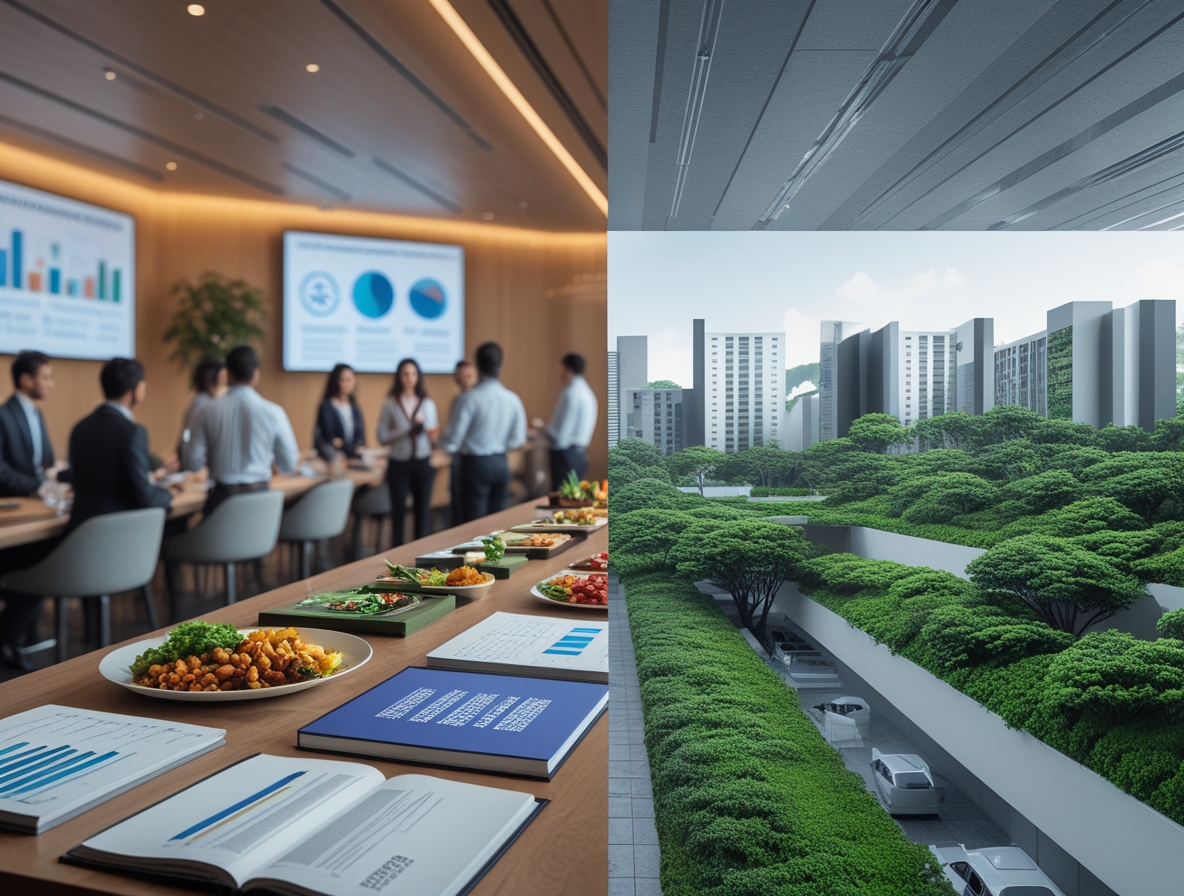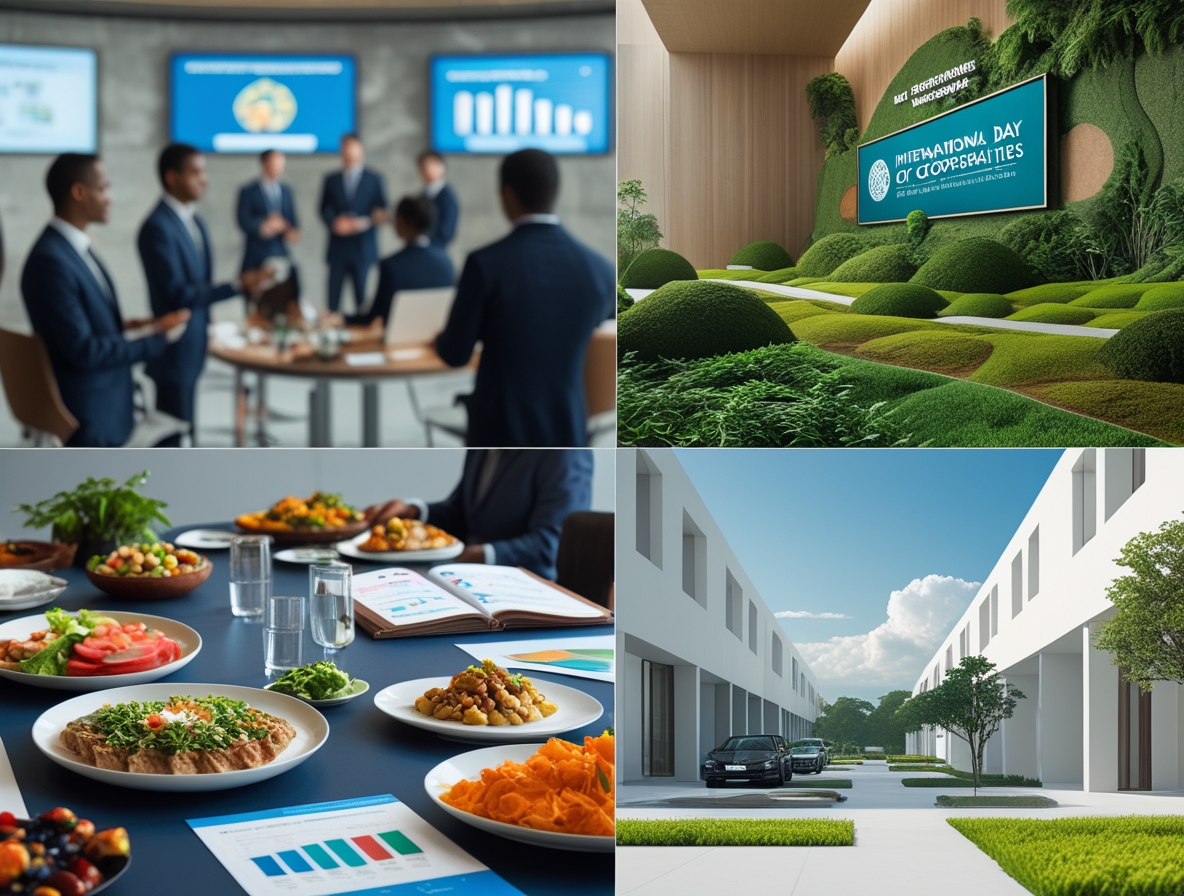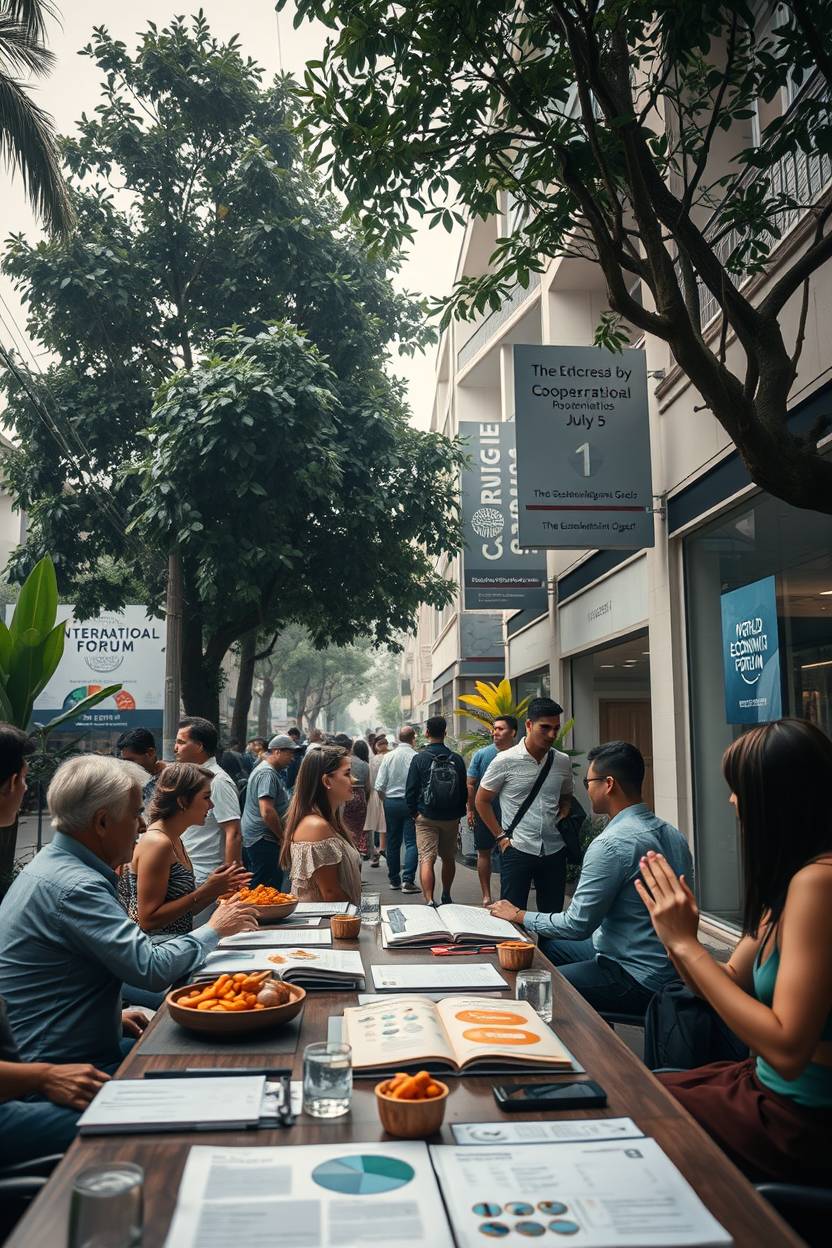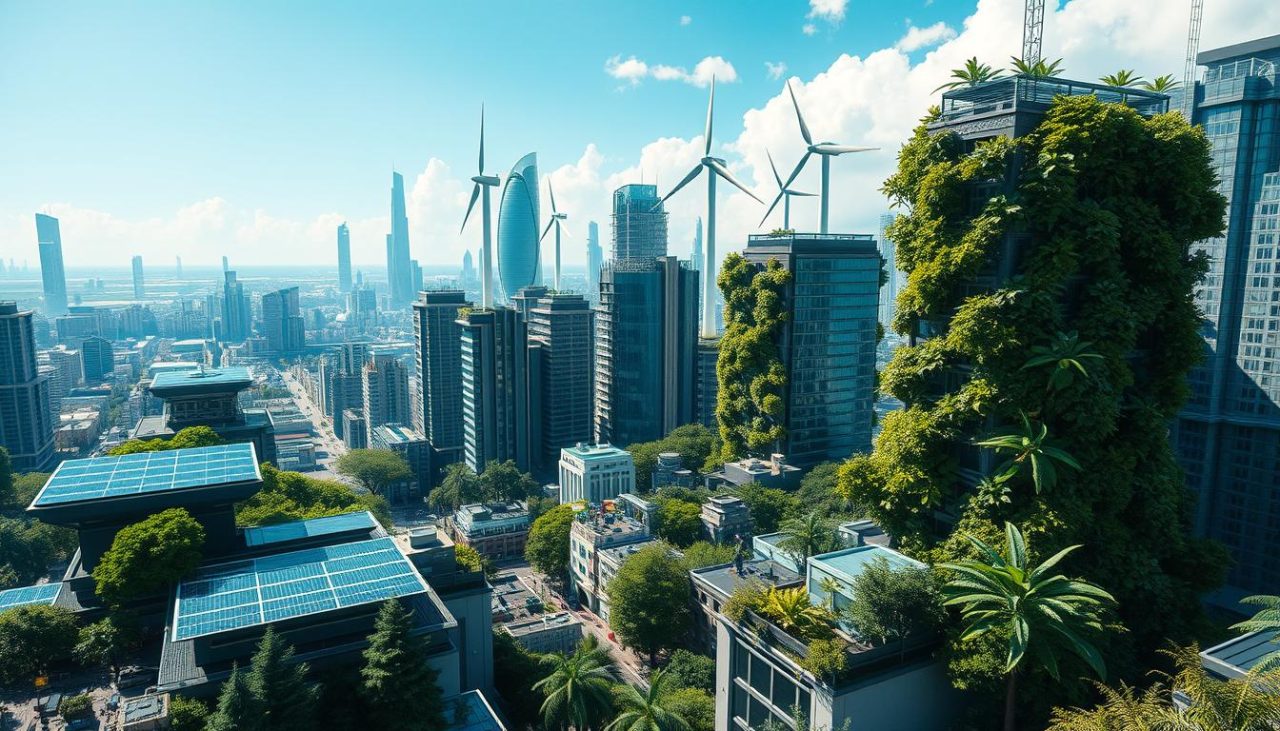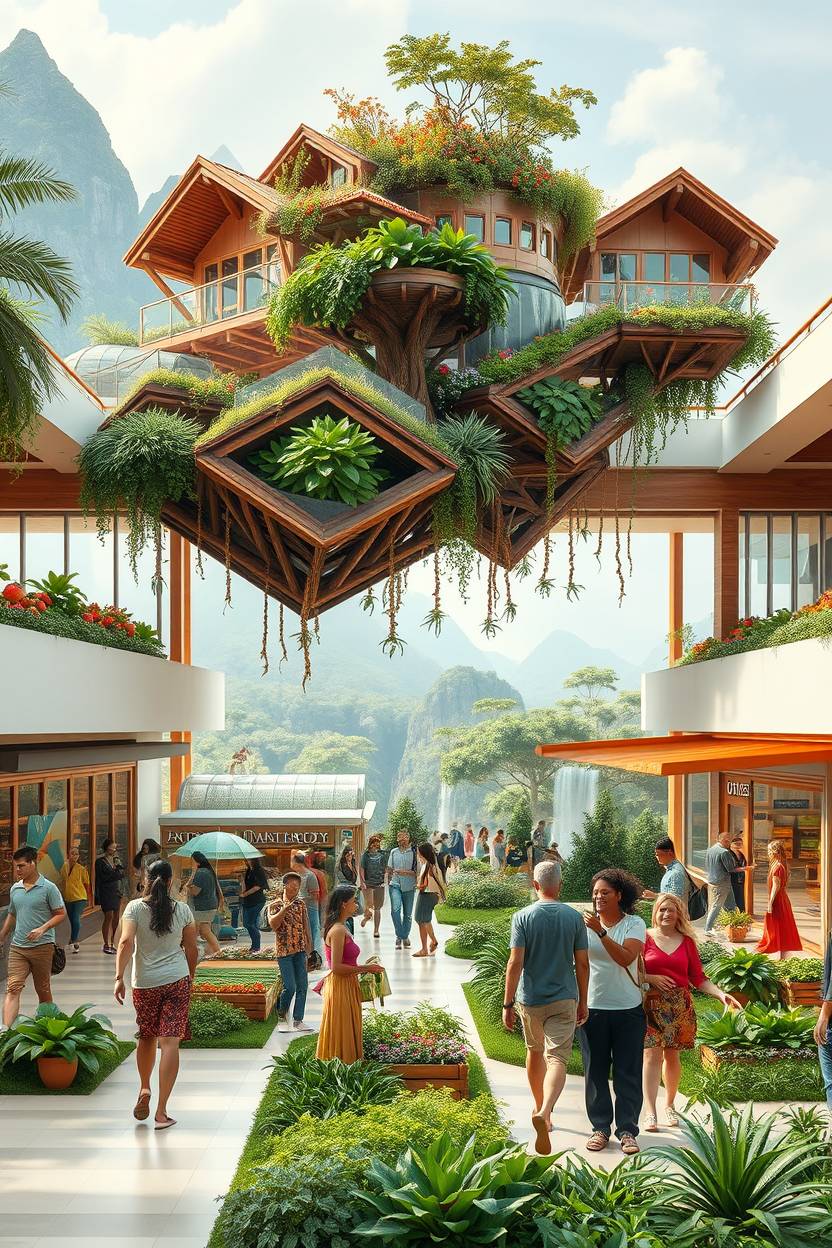
Month of September 2025 in retrospect holiday observance and Sustainability
Looking back at September 2025, we see a time filled with big global events. These events focused on environmental awareness. Many international holidays and observances happened, bringing people together and pushing for sustainability.
Important events like Mera Chaoren Houba and Mexican Independence Day took place. So did global observances like World Clean and Green Week and International Day of Peace. These events showed us how crucial sustainability is. They also showed us the power of working together for a greener future.
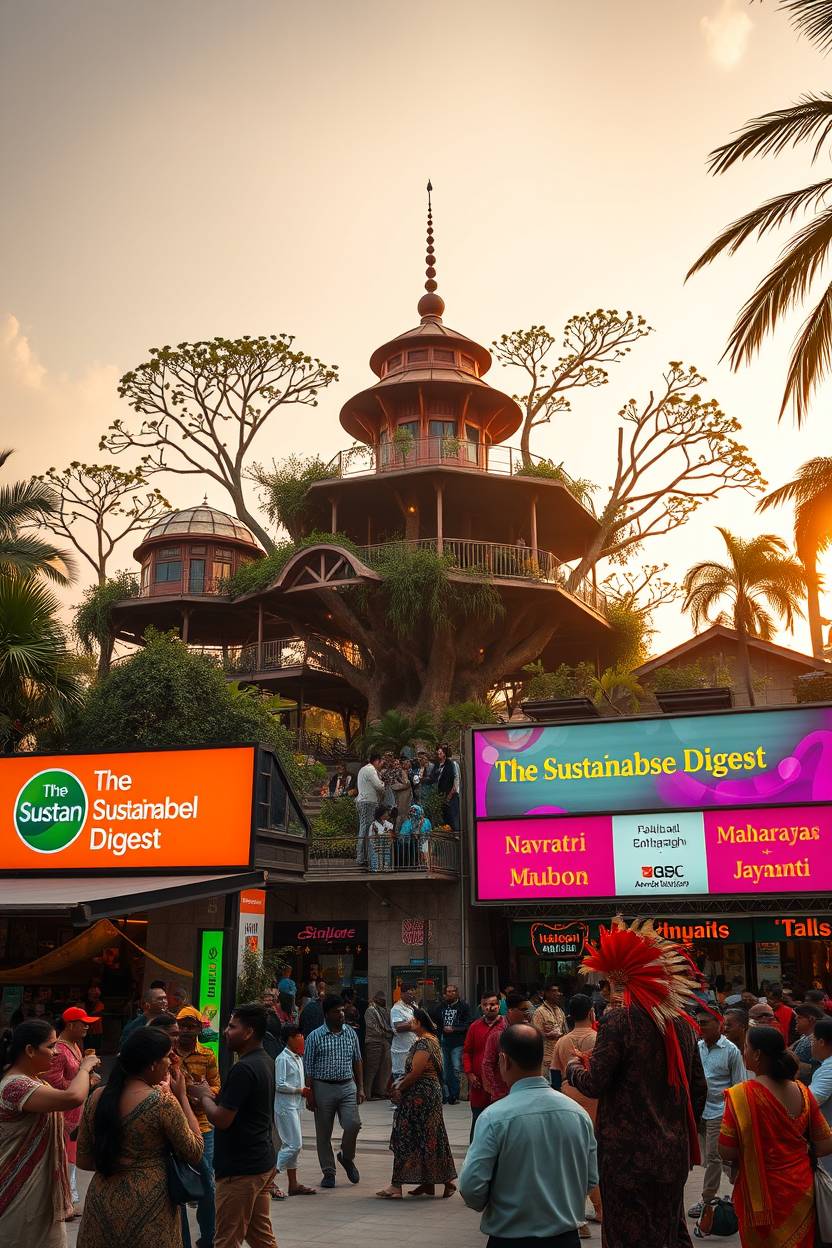
The Global Significance of September2025
September 2025 is a month filled with international celebrations and observances. It’s a time to think about how we celebrate and take care of our planet. Understanding this connection is key in today’s world.
Key Themes and Global Events
September 2025 brings a variety of global events. These include independence days, cultural celebrations, and efforts to raise environmental awareness. For example, Mexico celebrates its independence on September 16, marking a key moment in their history.
The Evolving Relationship Between Celebrations and Sustainability
Our celebrations have a big impact on the environment. There’s a growing push for sustainable practices in holiday observances. This effort aims to lessen the environmental harm caused by our celebrations.
Sustainable Practices in Holiday Observances
Countries are now choosing eco-friendly ways to celebrate. They use local materials, cut down on waste, and encourage green behaviors. Some common practices include:
- Using biodegradable decorations
- Reducing energy use
- Supporting recycling and composting
The Rise of Eco-Conscious Celebrations
The move towards eco-friendly celebrations is essential, not just a trend. As environmental awareness grows, so does the use of sustainable practices in our celebrations.
Events like World Clean and Green Week and International Coastal Cleanup Day are helping. They raise awareness and encourage people to help protect the environment.
By making our celebrations more sustainable, we help our planet. Looking at September 2025, it’s clear we must balance our cultural traditions with caring for the environment.
Independence and National Days Around the World

A panoramic view of vibrant celebrations for independence days around the world. In the foreground, crowds wave flags and gather for parades, the energy palpable. In the middle ground, fireworks burst into colorful displays against a backdrop of iconic landmarks – the Statue of Liberty, Big Ben, the Eiffel Tower. The sky glows with warm, golden light, casting a festive atmosphere. Captured with a wide-angle lens to showcase the global scale of these proud national celebrations. The Sustainable Digest.
As September 2025 starts, many countries are getting ready to celebrate their independence and national days. These events are big for the countries and show off their rich culture and history.
Americas: Mexico, Chile, Brazil, and Belize Independence Days
The Americas have a lot of independence celebrations in September. Mexican Independence Day on September 16th is a big deal. It’s celebrated with parades, traditional food, and fireworks.
Mexican Independence Day Celebrations
Mexico’s independence day is full of fun. It includes the Grito de Dolores, a historic cry for freedom. The celebrations mix cultural pride with community bonding.
Chile and Brazil’s Sustainable National Festivities
Chile and Brazil also celebrate their independence in September. Chile’s is on September 18th, and Brazil’s is on September 7th. They focus on being eco-friendly, like reducing waste and using green products.
Asia: Vietnam, Tajikistan, Turkmenistan, and Uzbekistan
In Asia, Vietnam, Tajikistan, Turkmenistan, and Uzbekistan celebrate their national days with excitement. Vietnam’s National Day on September 2nd is a big event, celebrating the country’s independence.
| Country | National Day | Celebration Highlights |
| Vietnam | September 2nd | Parades, fireworks, cultural performances |
| Tajikistan | September 24th | Traditional dances, music, state ceremonies |
| Turkmenistan | September 27th (Independence Day) | Military parades, cultural events |
| Uzbekistan | September 1st (Independence Day) | Festive concerts, traditional food |
Africa: Botswana Day and Swaziland Independence
In Africa, Botswana and Swaziland (now Eswatini) celebrate their national days. Botswana Day is on September 30th, marking the country’s move to a republic.
European Nations: Malta, San Marino, and Slovakia Constitution Day
European countries like Malta, San Marino, and Slovakia also celebrate big. Slovakia’s Constitution Day on September 1st is a key event, honoring the adoption of their constitution.

Cultural Heritage and Traditional Observances
September 2025 was a month filled with cultural celebrations from around the world. Communities came together to share their unique traditions. They also worked to keep these traditions alive for future generations.
Indigenous Celebrations: Maori Language Week and Aboriginal–American Day
Indigenous celebrations were a big part of September 2025. Maori Language Week in New Zealand was a time to celebrate and learn the Maori language. Aboriginal–American Day honored the heritage and contributions of Native American communities.
“The revitalization of indigenous languages is crucial for the cultural identity and heritage of native communities.” –
A UNESCO report
Religious and Spiritual Observances
Religious and spiritual events were also important in September 2025. These events brought people together, creating a sense of unity and shared values.
Janmashtami and Mahalaya Celebrations
Janmashtami celebrated the birth of Lord Krishna with great enthusiasm. Mahalaya marked the start of Durga Puja, honoring the goddess Durga.
Pitru Paksha and Michaelmas Traditions
Pitru Paksha was a time to honor ancestors with traditional rituals. Michaelmas was celebrated in some Western Christian traditions, honoring Saint Michael.
Heritage Preservation: European Heritage Day and Smithsonian Day
Heritage preservation was a major focus in September 2025. Events like European Heritage Day and Smithsonian Day highlighted the importance of cultural sites and institutions.
Regional Celebrations: Fiesta de San Jerónimo and Umhlanga Reed Dance
Regional celebrations added to the cultural richness of September 2025. The Fiesta de San Jerónimo and the Umhlanga Reed Dance showcased unique cultural practices and traditions.
In conclusion, September 2025 celebrated the diversity and richness of cultural heritage and traditional observances worldwide. These events preserved cultural identities and promoted cross-cultural understanding and appreciation.
Environmental Conservation and Awareness Initiatives

An aerial view of a lush, verdant landscape, dotted with vibrant hues of green foliage and blooming flowers. In the foreground, a community garden thrives, with people tending to their crops and composting bins. In the middle ground, a solar-powered research facility stands, its sleek, modern design blending seamlessly with the natural environment. Create the background as a sprawling urban center is visible, but its skyline is dominated by towering wind turbines, harnessing the power of the elements. Overhead, a flock of birds soar, a symbol of the harmonious coexistence between nature and human ingenuity. The scene is bathed in warm, golden light, capturing the sense of hope and progress that “The Sustainable Digest” aims to convey.
In September 2025, people around the world came together to protect our planet. They showed how important it is to care for our environment. They also showed how awareness can make a big difference.
World Clean and Green Week Achievements
World Clean and Green Week was a huge success. It got people and groups to work together for a cleaner planet. They did things to help the environment and cut down on waste.
Key Highlights:
- Over 1 million participants across 50 countries
- Collection of over 100,000 tons of waste
- Implementation of sustainable practices in local communities
International Coastal Cleanup Day Impact
International Coastal Cleanup Day had a big effect on our oceans. It brought people together to clean up beaches and teach about ocean pollution.
Community Participation Statistics
The event was a huge hit, with:
- Over 500,000 volunteers worldwide
- Cleanup efforts in over 100 countries
- A total of 20,000 tons of marine debris collected
Marine Debris Reduction Results
This effort helped clean up our oceans. It included:
- Removing plastic and other harmful stuff
- Teaching people about ocean pollution
- Working with local groups and governments
World Rivers Day and Water Monitoring Programs
World Rivers Day focused on saving our rivers. It showed how important it is to keep an eye on our water. Activities included:
“Rivers are the lifeblood of our planet, providing water, food, and habitats for countless species. Protecting them is crucial for a sustainable future.” – Environmental Conservationist
They worked on checking water quality, fixing habitats, and teaching about water use.
International Day of Clean Air for Blue Skies Initiatives
The International Day of Clean Air for Blue Skies was all about clean air. They worked on:
- Using clean energy
- Lowering emissions
- Telling people about air pollution’s health effects
These actions helped make the air cleaner and healthier for everyone.
Month of September2025 in Retrospect: Holiday Observance and Sustainability
Looking back at September 2025, we see a big change in how we plan events and celebrate holidays. New ideas and trends are making our celebrations better for the planet.
Sustainable Event Planning Transformations
In September 2025, event planning got a green makeover. Organizers started using local materials, cutting down on waste, and saving energy. This change is good for the planet and makes events better for everyone.
Big events like music festivals and cultural celebrations also got greener. They used new tech and creative ideas to lower their carbon footprint.
Zero-Waste Celebration Trends
September 2025 was all about celebrating without waste. People and groups worked hard to use less plastic and reuse things. This effort made our environment cleaner and healthier.
Communities came together to share tips on going zero-waste. This teamwork not only cut down waste but also brought people closer together.
Carbon-Neutral Holiday Observances
In September 2025, making holidays carbon-neutral was a big goal. By planting trees and using clean energy, we could celebrate big days without harming the planet. This forward-thinking approach set a new standard for holidays.
Corporate Sustainability Commitments
Companies were key in September 2025’s push for sustainability. They vowed to use less energy and support green suppliers. These steps not only helped the planet but also made companies more appealing to eco-friendly customers.
Government-Led Green Initiatives
Governments also played a big part in September 2025. They launched campaigns, invested in green projects, and changed laws to support the environment. These actions had a big impact, changing how we all live and work.
Here’s a quick look at some key sustainability efforts and their results in September 2025:
| Initiative | Description | Outcome |
| Sustainable Event Planning | Adoption of eco-friendly practices in event organization | Significant reduction in environmental impact |
| Zero-Waste Celebrations | Elimination of waste through compostable materials and reuse | Reduced waste and promoted community engagement |
| Carbon-Neutral Observances | Offsetting carbon emissions through reforestation and renewable energy | Minimized carbon footprint of holiday celebrations |
In conclusion, September 2025 was a game-changer for sustainability. We made big strides in planning events, celebrating without waste, and making holidays carbon-neutral. Our combined efforts are paving the way for a greener future.
Wildlife Conservation and Biodiversity Awareness

A vibrant and lush forest, bathed in soft, golden sunlight, serves as the backdrop for a captivating scene of wildlife conservation. In the foreground, a majestic tiger prowls, its piercing gaze a testament to the delicate balance of nature. Surrounding the tiger, a diverse array of flora and fauna thrive, showcasing the richness of biodiversity. A group of dedicated conservationists, wearing The Sustainable Digest-branded uniforms, work tirelessly to monitor and protect the precious ecosystem in the middle ground. Their actions are highlighted by a warm, inviting atmosphere, conveying a sense of hope and purpose. The overall scene captures the essence of wildlife conservation, inspiring a deeper appreciation for the natural world and the importance of safeguarding its delicate equilibrium.
As September 2025 ends, we look back at big steps in wildlife protection and awareness. The month was filled with efforts to save endangered species. While teaching the value of conservation.
World Rhino Day and International Red Panda Day Outcomes
World Rhino Day and International Red Panda Day were key in September 2025. They brought attention to endangered animals. World Rhino Day got many groups and governments working together to stop poaching and save habitats. International Red Panda Day focused on the red panda’s decline, This stresses the need for safe habitats and community help.
- Key outcomes included increased funding for conservation projects
- Enhanced community engagement in conservation efforts
- Collaboration between governments and NGOs on anti-poaching initiatives
Sea Otter Awareness Week and National Save a Tiger Month
Sea Otter Awareness Week and National Save a Tiger Month were also important. The Sea Otter Awareness Week highlighted sea otters’ role in the ocean. National Save a Tiger Month stressed the need to save tiger populations. Both events showed how vital it is to understand and protect biodiversity.
Elephant Appreciation Day Conservation Efforts
Elephant Appreciation Day focused on elephant conservation challenges. It promoted eco-friendly tourism and supported anti-poaching efforts. The day reminded us of the ongoing need to protect these amazing animals.
National Wildlife Day and Fish Amnesty Day Initiatives
National Wildlife Day and Fish Amnesty Day highlighted the need to protect wildlife. Projects included restoring habitats and educating people to reduce conflicts with wildlife.
In summary, September 2025 was a crucial month for wildlife and biodiversity. Many events and efforts helped us understand the importance of protecting our planet’s wildlife.
Food Security and Agricultural Sustainability
In September 2025, the need for strong food systems and sustainable farming was clear. With the world’s population growing, making sure everyone has food and farming is done right is key.
National Food Is Medicine Day Developments
National Food Is Medicine Day showed how food and health are connected. Around the world, efforts were made to give people healthy food, especially those who need it most. The idea that “food is medicine” was big, pushing for policies that help people eat well.
On this day, there were programs to give out fresh food, nutrition workshops, and pushes for health policies that support nutrition.
Farmers’ Consumer Awareness Day Innovations
Farmers’ Consumer Awareness Day showed the value of farmers and consumers connecting. New ways to buy food directly from farmers were introduced. This helped people get fresh, local food and supported local businesses.
Some big changes were:
- Mobile apps that linked consumers with local farmers
- CSA programs that grew
- Efforts to teach about the good of buying local food
International Day of Awareness of Food Loss and Waste
The International Day of Awareness of Food Loss and Waste brought attention to food waste worldwide. It stressed the need for better practices from farm to table.
Food Waste Reduction Technologies
Technologies to cut down food waste were shown, like:
- Advanced ways to keep food fresh longer
- Apps for tracking and reducing food waste
- Processes that turn waste into useful products
Community Composting Programs
Community composting was a big focus, turning waste into soil. These programs cut down on waste and helped local gardens grow.
Farm Animal Awareness Week Advancements
Farm Animal Awareness Week saw big steps forward for farm animal welfare. There were pushes for better farming, better living conditions for animals, and stronger animal rights laws.
These efforts will help make our food system better and fairer. By keeping up the good work, we can make sure everyone has food in the future.
Climate Action and Sustainable Mobility

A bustling city skyline at dusk, bathed in warm, golden light. In the foreground, a network of electric vehicles and bicycles weave through the streets, their sleek, aerodynamic forms powered by clean, renewable energy. Towering skyscrapers in the background, their glass facades reflecting the vibrant city life. Amidst the urban landscape, lush, verdant parks and gardens provide pockets of tranquility, with pedestrians and cyclists enjoying the green, sustainable spaces. The Sustainable Digest logo proudly displayed, a symbol of the city’s commitment to eco-friendly transportation and a greener future.
In September 2025, the world focused on climate action and sustainable mobility. Many global events and campaigns were held. They aimed to promote green practices and cut down on carbon emissions.
World Car-Free Day and European Mobility Week
World Car–Free Day was on September 22, 2025. It urged cities to use less fossil fuel by choosing other ways to travel.
European Mobility Week, from September 16 to 22, also pushed for better urban travel.
Urban Transportation Transformations
Cities started using new ways to move people. For example, they made public transit better and made streets safer for walkers and bikers. Places like Copenhagen and Vienna grew their bike paths.
Cycling Infrastructure Improvements
Big money was spent on bike paths. Cities like Barcelona and Paris added new bike lanes. This made biking safer and more popular.
World Ozone Day Commemorations
On September 16, 2025, World Ozone Day was celebrated. It showed how vital it is to protect the ozone layer. Many events and lessons were held around the world to teach about ozone safety.
Recycle Awareness Week Innovations
Recycle Awareness Week was from September 21 to 27. It was all about recycling and cutting down on trash. New recycling tech and community projects were shown to inspire more recycling.
| Initiative | Description | Impact |
| World Car-Free Day | Promoted alternative transportation methods | Reduced carbon emissions |
| European Mobility Week | Encouraged sustainable urban mobility | Enhanced public transit and cycling infrastructure |
| Recycle Awareness Week | Promoted recycling practices | Reduced waste and encouraged sustainable practices |
Texas Energy Savings Day and Sustainable Energy Transitions
Texas Energy Savings Day was on September 25, 2025. It stressed the need for saving energy. Many efforts were started to move towards cleaner energy and save energy.
These efforts were a big step towards better climate action and mobility. They set a good example for the future.

Conclusion: The Lasting Impact of September2025’s Observances
Looking back at September2025, we see how it changed our view on sustainability and caring for the environment. The unity shown worldwide during this time helped make our planet more aware of its needs.
Events like World Clean and Green Week, International Coastal Cleanup Day, and World Rivers Day made a big difference. They didn’t just raise awareness; they also got people to take action. This showed us that we can work together to solve environmental problems.
Remembering September2025 shows us how crucial it is to keep working on sustainability and caring for our planet. The efforts made during this month will keep making a difference, even after it’s over. Communities and individuals will keep striving for a greener future.

Key Takeaways
- September 2025 featured various global holidays and sustainability initiatives.
- Events like Mera Chaoren Houba and Mexican Independence Day promoted cultural awareness.
- World Clean and Green Week and International Day of Peace emphasized environmental awareness.
- These observances encouraged global unity and collective action towards sustainability.
- The month served as a reminder of the importance of environmental conservation.































